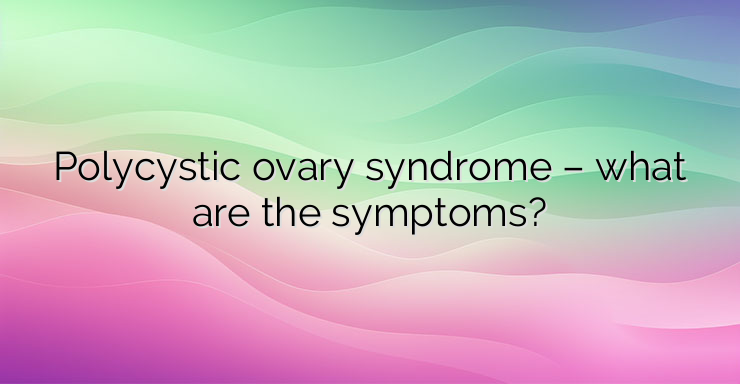What is Polycystic Ovary Syndrome (PCOS)?
Polycystic ovary syndrome (PCOS) stands as the most common endocrine disorder affecting women during their reproductive years. It’s termed a syndrome because it comprises a range of symptoms. The underlying cause of PCOS is a disturbance in the neuro-endocrine system, leading to elevated levels of sex hormones, particularly androgens. Other names for PCOS include scleropolycystic ovary syndrome, ovarian hyperandrogenemia, and Stein-Leventhal syndrome. While the exact reasons for its occurrence remain unclear, factors such as genetic predisposition, inflammatory processes in the ovaries, pelvic inflammatory diseases, and congenital enzyme defects are believed to contribute to its development.
Unveiling the Cause of Polycystic Ovaries
Current research suggests that PCOS develops due to a combination of genetic factors and specific external conditions. During puberty, girls may experience an accumulation of body mass and intensified adrenarche (increased hormone synthesis from the adrenal gland, marking the onset of puberty). This heightened adrenarche leads to increased secretion of gonadotropic hormone from the hypothalamus, which, in turn, elevates the secretion of follicle-stimulating hormone (FSH) and luteinizing hormone (LH) from the pituitary gland. LH stimulates the growth of ovarian follicle cells, triggering increased androgen production. While FSH levels are lower than LH, they still contribute to follicle maturation in the ovaries. These processes are accompanied by elevated insulin levels and insulin resistance, further exacerbating hyperandrogenemia.
Ovarian Changes in PCOS
In PCOS, the ovaries develop a characteristic mother-of-pearl white surface, with numerous small follicles resembling a rosary visible during ultrasound examinations. Prolonged hormonal imbalances lead to later sclerotic changes, including fibrosis of the ovarian capsule and hyalinosis of the vessels.
Clinical Manifestations of PCOS
The onset of PCOS typically occurs around puberty. Hirsutism, the excessive growth of hair in androgen-dependent (male) areas of the body such as the upper lip, beard, and back, is a common symptom. Many affected individuals are overweight, experience impaired carbohydrate metabolism, and exhibit insulin resistance. Menstrual irregularities, including missed, irregular, or excessively long periods, are common. Acne, seborrheic dermatitis, and an increased risk of endometrial cancer, diabetes, and cardiovascular disease may also occur with prolonged disease duration.
Diagnosing PCOS
Diagnosis of PCOS relies on patient history and ultrasound findings, which typically reveal enlarged ovaries with numerous subcortical follicles. Laboratory tests often show an elevated LH/FSH ratio, low progesterone levels, and increased free testosterone. A glucose tolerance test may also be conducted to assess carbohydrate tolerance.
Treatment Options
Treatment for PCOS involves both conservative and surgical approaches. Conservative therapy aims to reduce androgen production through medication. Surgical options include fenestration, where openings are created in the ovarian lining using a monopolar current to improve organ function. Weight loss is often recommended as part of management. Various methods of hair removal are effective in addressing excessive hair growth associated with PCOS.


Leave a Reply